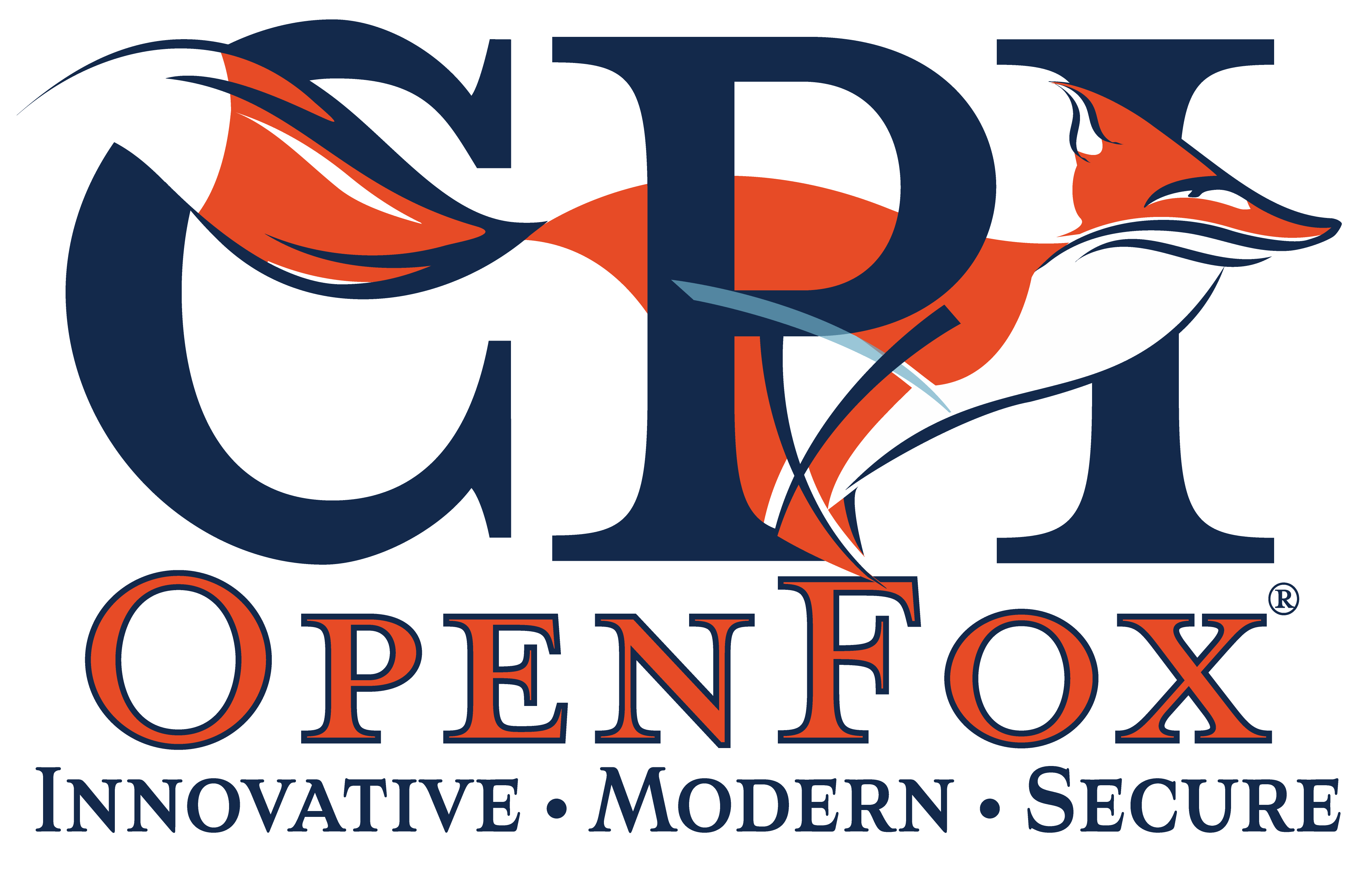Successful government and law enforcement operations rely heavily on data-sharing capabilities. Data sharing is the important process of making the same data resources available to multiple users, applications or organizations.
This data can originate from various software applications an organization may use during its normal course of business, from background checks to arrest records.
While maintaining data quality and data governance best practices remains a challenge across the U.S., advances in technology have opened new opportunities for advanced data-sharing efforts.
Learn more about data sharing for government agencies and law enforcement and how this technology is helping government organizations save time, cut costs and better protect their communities.
Ways Data Sharing Can Improve Public Safety
 Law enforcement and other government officials face unique challenges, many caused by a lack of data resources. With data sharing, government professionals can stay connected and share access to relevant information across departments and agencies.
Law enforcement and other government officials face unique challenges, many caused by a lack of data resources. With data sharing, government professionals can stay connected and share access to relevant information across departments and agencies.
There are many different ways in which data sharing among government agencies and law enforcement can improve public safety, such as the following:
1. Create a Centralized Source of Information
Cloud data platforms make it easy to bring information from departments and agencies from all 50 states to a centralized location. These databases generally contain the most up-to-date information that is available in real time, meaning officers can gain access to critical data in a matter of seconds.
2. Increase Suspect Apprehension Rate
In the United States, law enforcement is limited due to jurisdictional boundaries. When perpetrators cross city or county lines when committing crimes, it can be difficult to make the decisions needed for a swift arrest.
Data sharing helps reduce this burden by enabling intra- and cross-agency data sharing. When federal and state agencies across the country can effectively share data in real time, apprehension and prosecution are often more successful.
3. Identify Crime Patterns and Reduce Victimization
Data sharing is a highly effective way for law enforcement and other government agencies to gain unique insight as to how, when and why certain crimes occur. With access to a large volume of data, law enforcement can identify crime patterns and trends and take corrective actions to stop these crimes before they occur. For example, if data indicates that robberies are most common on Monday afternoons, law enforcement may have increased police presence in certain neighborhoods during this time.
4. Streamline Criminal Investigations
Today, law enforcement and other government agencies have access to a large amount of sensitive data. When investigating crimes, law enforcement officials often depend on this data to rule out suspects, solve crimes and make confident arrests.
Modern data-sharing software is capable of performing searches on people, places and phone numbers. Police can swiftly perform background checks and gain access to important records from other state or federal agencies anywhere in the United States.
How to Create a Culture that Prioritizes Data Sharing
There are many challenges that come with data sharing, many of which can be resolved through quality data-sharing software and the promotion of best practices. Here are some ways that government agencies and law enforcement can create a culture that prioritizes data sharing:
Recognize the value of data sharing. It is important for government leaders to understand the value that data sharing can bring to the public. Instead of focusing on what information should be shared, organizations should determine how to share effectively.
 Collect data from many sources. Government leaders collect data from a wide range of sources; however, there is always more information to collect. Consider requesting feedback from third-party sources, such as citizens. Provide the public with a safe and easy way for them to provide information, whether publicly or anonymously, such as through an online platform.
Collect data from many sources. Government leaders collect data from a wide range of sources; however, there is always more information to collect. Consider requesting feedback from third-party sources, such as citizens. Provide the public with a safe and easy way for them to provide information, whether publicly or anonymously, such as through an online platform.
Incentivize data-sharing. Incentives can go a long way toward creating a data-driven organization. Consider offering rewards or other incentives to encourage data-sharing. Incentives for law enforcement and other government agencies could come in the form of career advancements, extra funding or similar highly sought-after rewards.
Prioritize data privacy and security. Maintaining the privacy and security of sensitive data within should always be a main priority for law enforcement and other government agencies. Building trust with other government agencies and the public as a whole requires continuous work, ethical use and transparency.
Contact CPI OpenFox for Data Sharing Solutions
Having access to timely, relevant data is critical to modern-day policing. However, government leaders often encounter challenges when it comes to cross-agency intelligence. CPI OpenFox simplifies the data-sharing process by providing law enforcement with an efficient and cost-effective way to collect, store and distribute data quickly and efficiently.
The OpenFox Suite of law enforcement software is made up of innovative features and functionalities designed to facilitate secure information sharing and curb communication barriers. For more information about OpenFox law enforcement software product offerings, contact CPI OpenFox at 630.547.3088 or request a consultation online.


